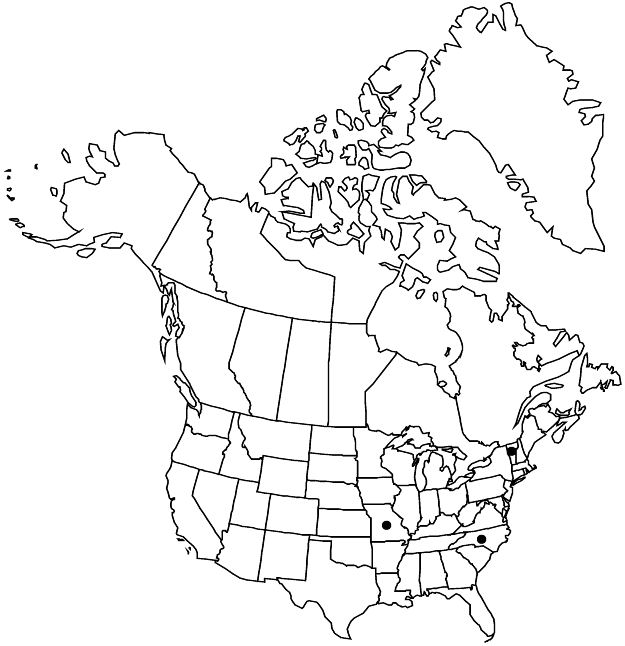familyRosaceae
subfamilyRosaceae subfam. Amygdaloideae
genusCrataegus
sectionCrataegus sect. Macracanthae
speciesCrataegus succulenta
Difference between revisions of "Crataegus succulenta var. neofluvialis"
in E. J. Dole, Fl. Vermont ed. 3, 155. 1937.
Endemic
Basionym: Crataegus neofluvialis Ashe J. Elisha Mitchell Sci. Soc. 16: 71. 1900 (as neo-fluvialis)
FNA>Volume Importer |
imported>Volume Importer |
||
| Line 56: | Line 56: | ||
|publication year=1937 | |publication year=1937 | ||
|special status=Endemic | |special status=Endemic | ||
| − | |source xml=https:// | + | |source xml=https://bibilujan@bitbucket.org/aafc-mbb/fna-data-curation.git/src/bb6b7e3a7de7d3b7888a1ad48c7fd8f5c722d8d6/coarse_grained_fna_xml/V9/V9_878.xml |
|subfamily=Rosaceae subfam. Amygdaloideae | |subfamily=Rosaceae subfam. Amygdaloideae | ||
|tribe=Rosaceae tribe Gillenieae | |tribe=Rosaceae tribe Gillenieae | ||
Revision as of 00:34, 28 May 2020
Leaves: blade elliptic to rhombic-elliptic or narrowly ovate, proportionately narrow (1.6–2:1). Inflorescence branches glabrate. Anthers red or pink. Pomes 7–10 mm diam.
Phenology: Flowering Apr–May; fruiting Sep–Oct.
Habitat: Brush, field margins, open woodlands
Elevation: 100–1600 m
Discussion
Variety neofluvialis is sporadic in occurrence. It is an extreme form of Crataegus succulenta with regard to leaf proportions.
Selected References
None.
Lower Taxa
None.
